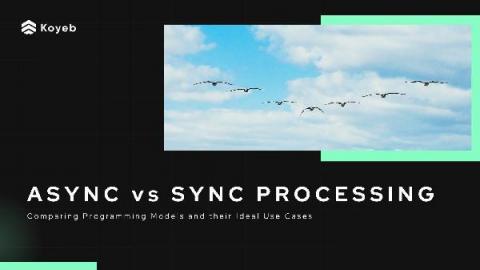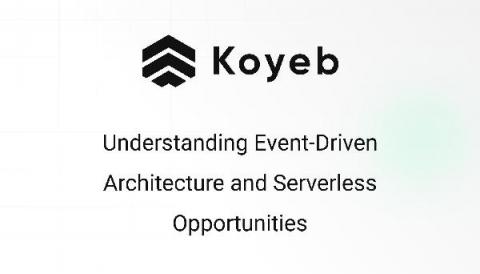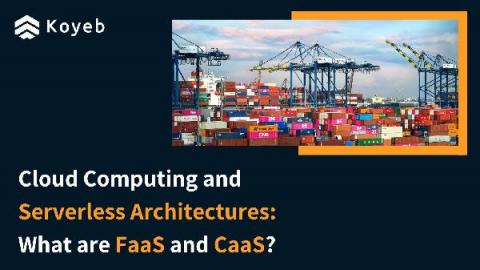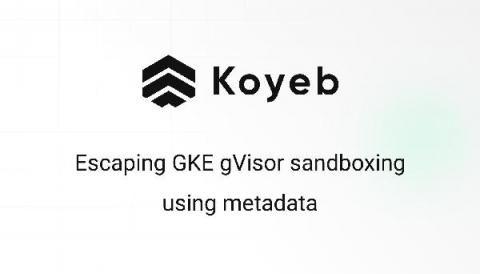Introduction to Synchronous and Asynchronous Processing
Synchronous and asynchronous, also known as sync and async, are two types of programming models. At an abstract level, programming models define how software is designed and executed. The basic programming models are synchronous, but asynchronous models are critical for performance reasons and to more efficiently use computing resources. Programming languages usually have built-in primitives to deal with asynchronous programming.







